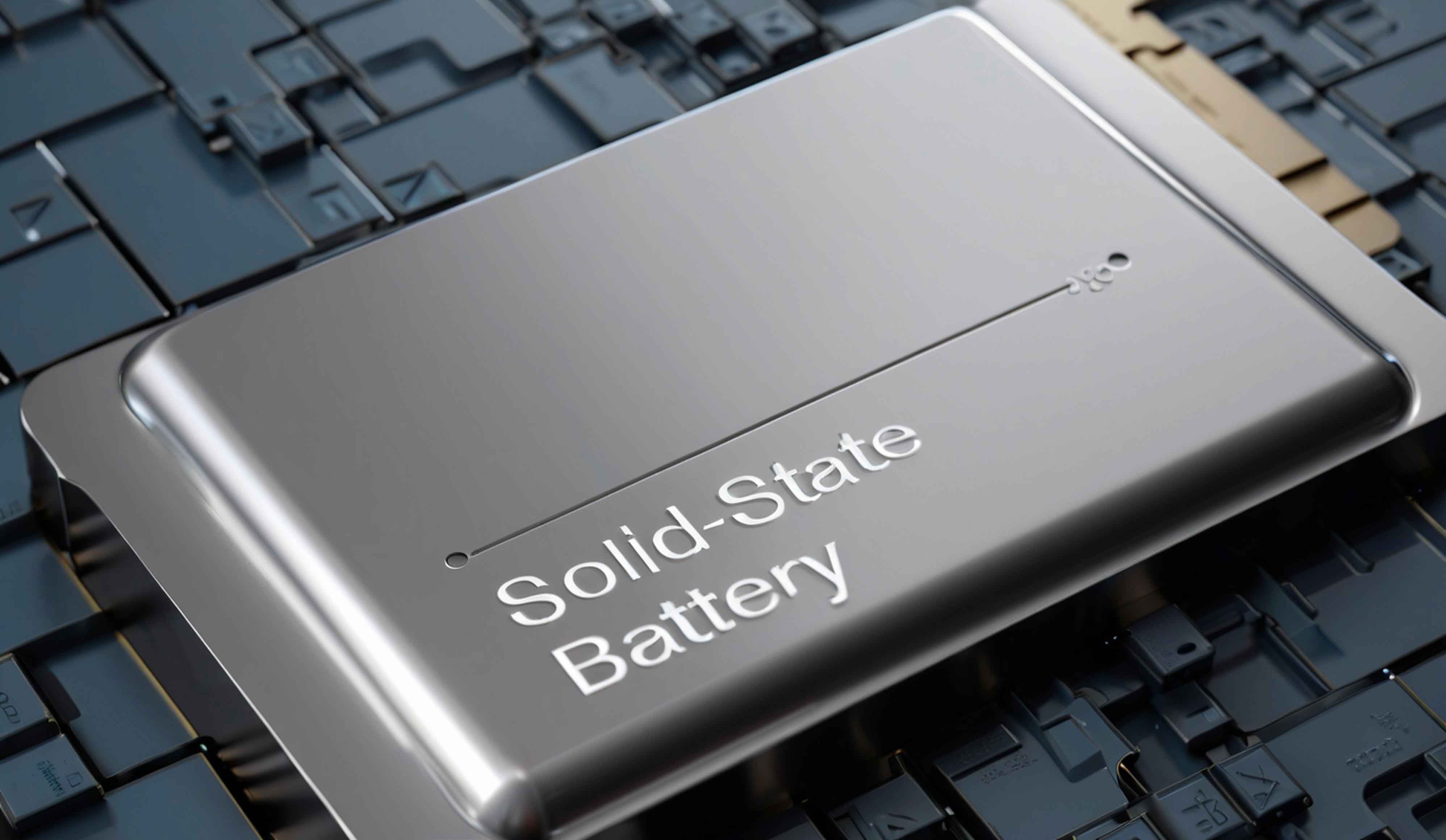As global industries grapple with range anxiety and safety bottlenecks in new energy vehicles, a paradigm shift fueled by artificial intelligence (AI) is redefining the rules of competition. At the forefront of this transformation, China has harnessed AI to propel solid-state battery development into a “hyperlane,” achieving unprecedented breakthroughs in energy density, cycle life, and manufacturing costs. This article explores how AI-driven methodologies, exemplified by platforms like DeepSeek, are accelerating the solid-state battery revolution, reshaping material science, and redefining commercial viability.

The “Impossible Triangle” of Solid-State Batteries
Solid-state batteries promise higher energy density, enhanced safety, and longer lifespans compared to conventional lithium-ion batteries. However, their development has long been hindered by the “impossible triangle” of balancing energy density, cycle stability, and cost-effectiveness. Traditional approaches rely on trial-and-error experimentation, requiring exhaustive material screening and iterative testing. For instance, electrolyte development involves sifting through 10231023 candidate materials—akin to locating a single grain of sand in the Pacific Ocean.
Traditional vs. AI-Driven R&D Efficiency
| Parameter | Traditional Methods | AI-Driven Methods | Improvement |
|---|---|---|---|
| Material Screening Time | 18 months | 45 days | 83% faster |
| R&D Cost | $50M | $8.5M | 83% lower |
| Experiment Throughput | 100 samples/week | 10,000 samples/week | 100x higher |
AI as the Catalyst: From Material Discovery to Manufacturing
1. Accelerated Material Screening
Generative AI and molecular dynamics simulations enable rapid identification of viable solid-state battery materials. For example, the equation governing material discovery efficiency can be modeled as:Throughput=Ncandidates⋅αAIτtraditionalThroughput=τtraditionalNcandidates⋅αAI
Where NcandidatesNcandidates is the number of candidate materials, αAIαAI represents the AI acceleration factor (~300x), and τtraditionalτtraditional denotes traditional screening time. A team at Tsinghua University leveraged this approach to screen 250,000 electrolyte candidates in 1/300th of the time required by conventional methods.
2. Autonomous Labs and Closed-Loop Design
AI-powered robotic labs conduct high-throughput experiments 24/7, generating datasets for real-time optimization. The closed-loop workflow—“Compute-Design → Smart Synthesis → Automated Validation”—reduces human intervention and accelerates iterations. For solid-state electrolytes, this paradigm slashed development cycles from 18 months to 45 days.
3. Process Optimization
Reinforcement learning algorithms optimize manufacturing parameters. BYD’s intelligent coating system improved electrode yield from 88% to 99.5%, while AI-driven digital twins reduced trial production cycles by 60%. The economic impact is quantified as:ΔProfit=(γnew−γold)⋅Punit⋅QannualΔProfit=(γnew−γold)⋅Punit⋅Qannual
Where γγ represents yield rates, PunitPunit is per-unit profit, and QannualQannual is annual production volume.
Case Studies: Bridging AI and Solid-State Battery Innovation
1. DeepSeek’s BatteryGPT
The domain-specific model BatteryGPT integrates physics-informed neural networks to predict interfacial reactions with 95% accuracy. Its semantic understanding of material databases achieves 92% precision, enabling autonomous synthesis path recommendations.
2. NIO’s AI-BMS
NIO’s battery management system employs transfer learning to predict battery lifespan with <3% error, boosting residual value of EVs by 15%. The relationship between prediction accuracy (ϵϵ) and economic gain (GG) is:G=k⋅(1−ϵ)⋅VbatteryG=k⋅(1−ϵ)⋅Vbattery
Here, kk is a market-specific constant, and VbatteryVbattery denotes battery value.
Challenges and Future Directions
Despite progress, limitations persist. Current AI models excel at summarizing existing knowledge but lack creativity in novel solid-state battery design. As noted by Professor Ouyang Minggao, “AI is a tool, not a replacement for human ingenuity.” Future efforts must focus on:
- Hybrid Intelligence: Combining AI’s computational power with human expertise.
- Federated Learning: Enhancing data collaboration while preserving privacy.
- Quantum Computing: Solving complex material simulations beyond classical limits.
Conclusion
The fusion of AI and solid-state battery technology is not merely an incremental advance but a tectonic shift in energy storage. China’s strategic emphasis on open-source platforms like DeepSeek democratizes access to cutting-edge tools, fostering a “coopetition” ecosystem where rivals collaborate to elevate industry-wide capabilities. As AI continues to dismantle data silos and redefine R&D paradigms, the solid-state battery revolution is poised to redefine mobility, sustainability, and global energy landscapes.
Key Formulas Summary
- Material Screening Efficiency:
Throughput=N⋅ατThroughput=τN⋅α
- Yield-Driven Profit Gain:
ΔProfit=(γnew−γold)⋅P⋅QΔProfit=(γnew−γold)⋅P⋅Q
- Economic Impact of Lifespan Prediction:
G=k⋅(1−ϵ)⋅VG=k⋅(1−ϵ)⋅V
